A number of weeks ago, the University of Reading started an excellent online sports economics seminar series. Led by James Reade, Carl Singleton and Adrian Bell the virtual gathering is a brilliant place to hear about the latest research in sports economics.
So far there have been 4 seminars delivered by Alex Krumer, Stefan Szymanski, James Reade and Bernd Frick. The YouTube Playlist for these talks can be found here.
ROSES now have seminars scheduled until the 19th of June 2020. The list is as follows:
May 1 Ruud Koning (Groningen),
May 8 Dennis Coates (Maryland),
May 15 Jorge A. Tovar (Wisconsin/Bogota),
May 22 Jamin Speer (Memphis),
May 29 Johan Rewilak (Aston),
June 5 Brad Humphreys (West Virginia),
June 12 David Ong (Jinan/Birmingham),
June 19 Daniel Torchia (Turin).
The organisers are now inviting submissions for those wishing to present between July 3 and September 4. The submission form can be found at https://forms.gle/SGEsLVyFw3CXVnqy9. A title and abstract are required before the 31st of May 2020.
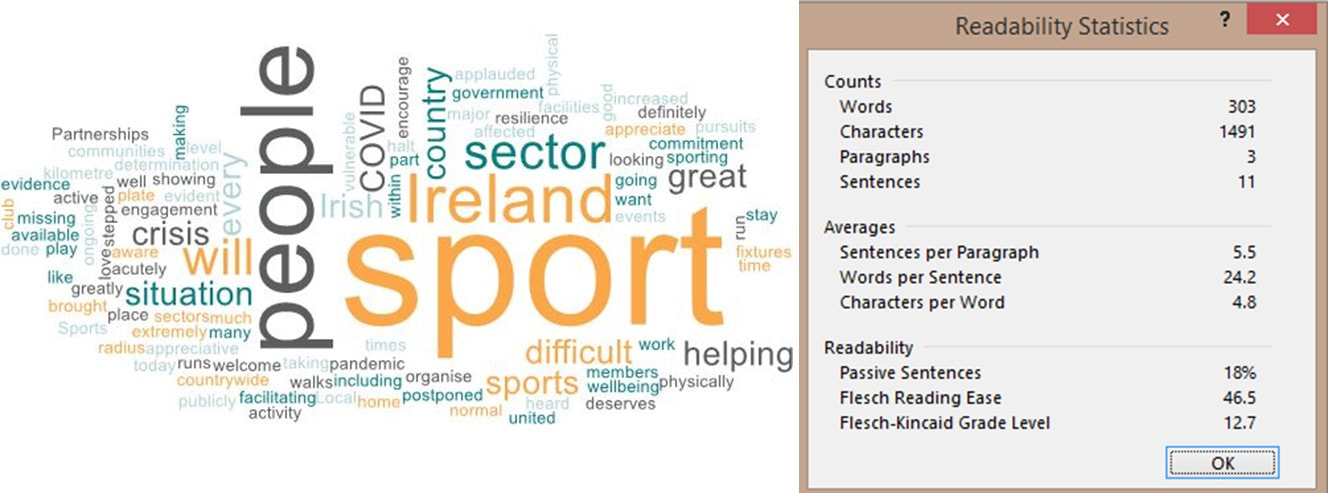
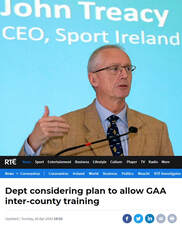

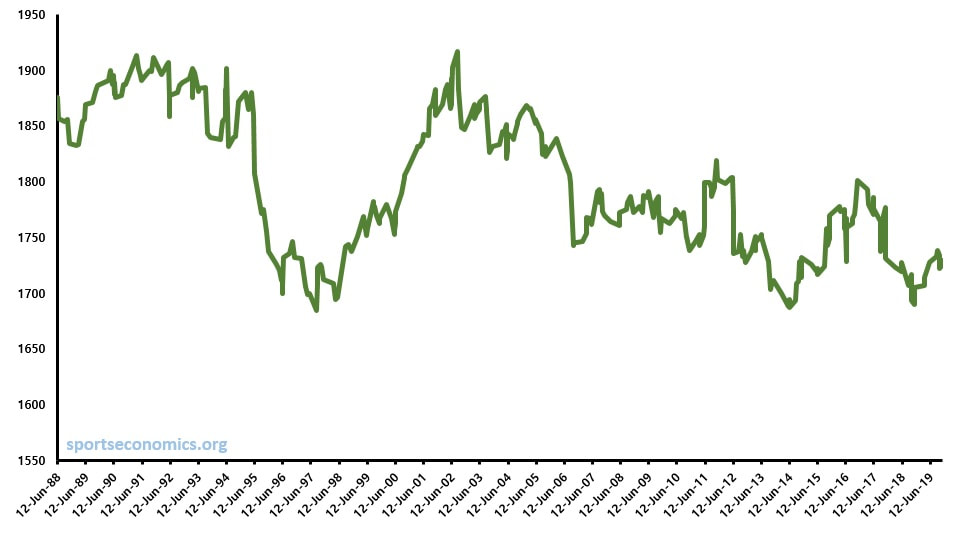
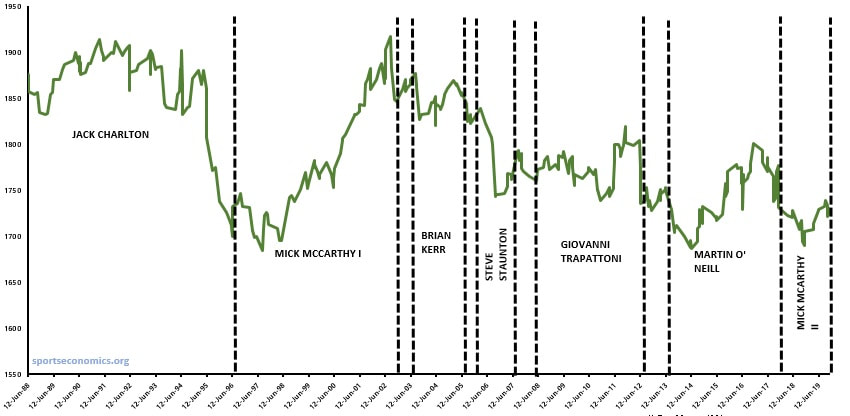
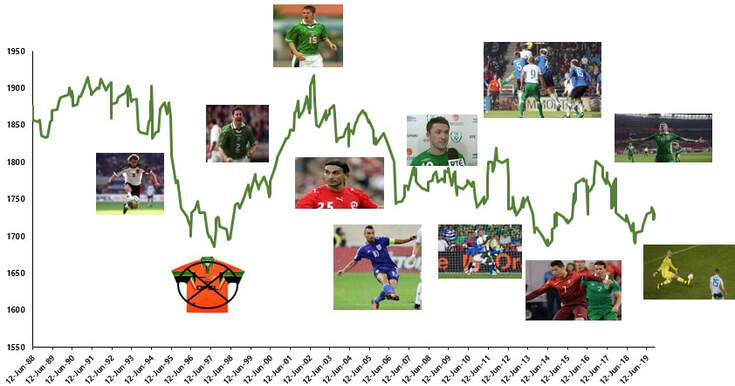
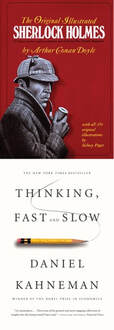
 RSS Feed
RSS Feed